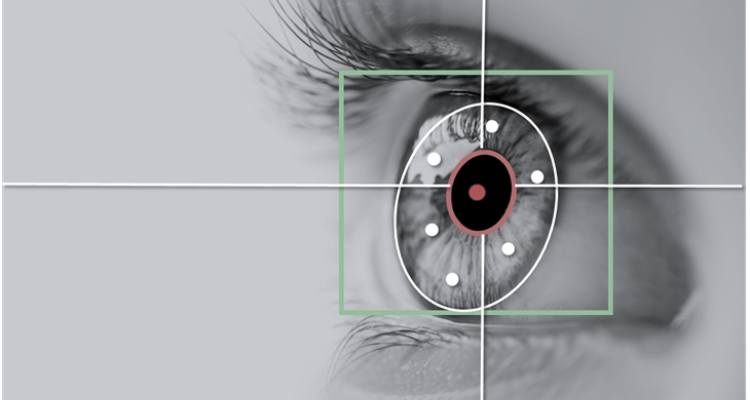
Thesis subject
MSc thesis topic: Eye-tracking in immersive virtual environments: Collection, validation, and analysis
Spatial data and its analysis can take many forms. Virtual environments, for example, are inherently spatial and allow for collecting an abundance of data such as eye-tracking and movement patterns of users. We can apply spatial data science and advanced visualization approaches to better understand and interpret this data.
Of particular interest to researchers in many fields, such as cartography and human-computer interaction, eye tracking provides an implicit and sensitive means to examine how users interpret and respond to visual-spatial information. However, the eye trackers integrated into head-mounted displays require a special framework that takes into account that users can move freely in the virtual environment and their eye gaze interacts with 3D objects (rather than things shown on a normal 2D screen). These new conditions pose challenges to the investigation of gaze-behavior patterns in immersive VR. This project aims to enable and improve the quality of analysis methods, in particular fixation identification, for VR eye-tracking systems. The results can be used as a tool in future research to expand and refine the analysis of eye gaze data collected from head-mounted displays.
Immersive technologies such as augmented and virtual reality are entering a new era. Thanks to substantial investments by leading companies (e.g., Meta(™), Microsoft(™), and Google(™)) catapulting immersive media into the mainstream, devices have become affordable and seldom cause cybersickness anymore. At the same time, the creation and design of immersive experiences are getting easier and easier and more accessible to many more people. Tools such as Unity(™) or Unreal(™), that is, game engines, are sophisticated and well-supported development environments.
The fast growth of immersive systems equipped with high-tech sensing instruments, such as eye tracking, opens a brand new research field, meaning a breakthrough in the analysis of human behavior under highly controlled and ecologically valid conditions. Throughout the lifecycle of this project, students will receive sufficient information and guidance on the existing literature, coding, VR experimental design, and behavioral data collection, analysis, and visualization.
Relevance to research/projects at GRS or other groups
The project is supported by a university-wide research effort (WANDER) seeking to establish immersive technologies firmly in the portfolio of research and education tools for environmental and societal challenges.
Objectives
- Design a guided fixation task for the calibration of eye movement analysis in VR.
- Identify eye gaze features to evaluate the quality of a fixation identification algorithm.
- Analyze and visualize gaze behavior to find out the optimum set of algorithm parameters.
- (Alternative option) Explore and develop a parameter-free AI approach for the classification of eye-tracking data in VR.
Literature
- Kiefer, P., Giannopoulos, I., Raubal, M., & Duchowski, A. (2017). Eye tracking for spatial research: Cognition, computation, challenges. Spatial Cognition & Computation, 17(1-2), 1–19.
- Llanes-Jurado, J., Marín-Morales, J., Guixeres, J., & Alcañiz, M. (2020). Development and Calibration of an Eye-Tracking Fixation Identification Algorithm for Immersive Virtual Reality. Sensors (Basel, Switzerland), 20(17).
- Ugwitz, P., Kvarda, O., Juříková, Z., Šašinka, Č., & Tamm, S. (2022). Eye-Tracking in Interactive Virtual Environments: Implementation and Evaluation. Applied Sciences, 12(3), 1027.
Requirements
- Experience with Python and spatial data analysis
- Interest in working with immersive technologies
- Interest in human behaviors
- Interest in empirical studies and evaluations
Theme(s): Sensing & measuring; Human–space interaction